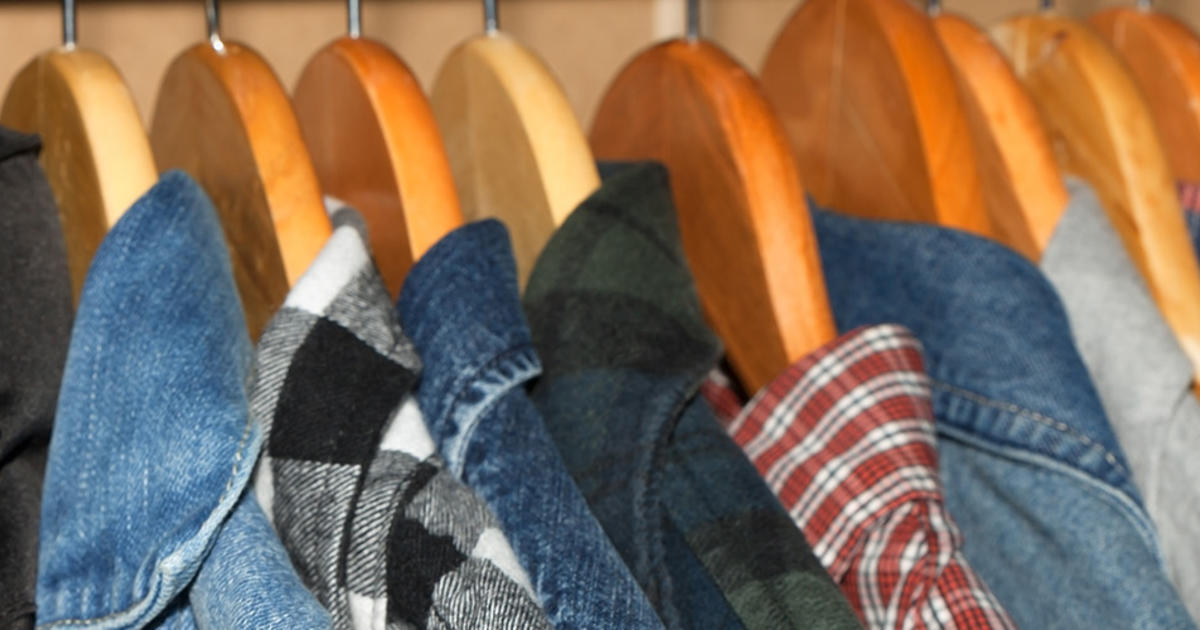Donating to a charity like Goodwill or Salvation Army is a great way to get rid of unwanted clothes. It increases the likelihood that your threads will get a new lease on life, and thrift stores make it easier for people in need to clothe themselves on a budget.
But there’s a big caveat. It’s estimated that as little as 10% of donated clothing is kept for resale. The rest is either sent to landfill or booted overseas to be sold for a profit. Let’s look deeper at the detrimental effects of each of these options, and what we can do instead.
Shipped to landfills
Americans alone send 11 million tons of clothing to landfills each year. In 2014, Goodwill sent 22 million pounds of clothes to landfills – 11% of its total stock.
We all know huge landfills aren’t great. They take up space, smell, and take a long time to biodegrade. But landfills are doing a LOT more than just blemishing our natural landscapes. Here are some of their worst offenses:
- Methane and carbon dioxide emissions. Simply by existing, landfills emit huge amounts of greenhouse gases. The most dangerous of these gases is methane, a substance that has up to 72 times the climate warming effects of CO2. Landfills produce 11% of the world’s methane.
- Water pollution. Landfills leach dangerous chemicals into our ground and water reserves, saturating soils and sources of drinking water for millions of people. Regulations on landfills have improved over the last few decades, but the amount we are dumping remains environmentally unsound.
- Social effects. If you live in a suburb, chances are you’ve only ever seen a landfill on TV. But this isn’t the case for millions of the world’s poorest, who are forced to share space with our trash on a daily basis. Across Asia, children living in slum communities use landfills as their playgrounds, coming into regular contact with waste and dangerous chemicals and contracting fatal diseases as a result.
Exported to developing countries
Seventy percent of donated clothing ends up in Africa. In Uganda, secondhand garments now account for 81% of all clothing purchases, and it’s a similar story across countries like Nairobi, Kenya, and Rwanda. If you think we’re doing these countries a favor by providing them with a basic necessity, think again:
- Imports force local prices downwards. This phenomenon isn’t unique to textiles: when cheap imports flood a country’s markets, local businesses and entrepreneurs have to drive their own prices down to compete. This impacts their bottom line and may make it difficult for them to attract customers while running their business at a profit.
- They destroy local industries. When enough businesses are impacted, a whole industry can die. This has already happened in several African nations, where so many cheap disposables from the U.S. made their way into local markets that domestic business owners simply weren’t able to keep up. A whole way of life, and knowledge that had been passed down through generations of textile producers, disappeared.
- They perpetuate a cycle of poverty and dependence. Recently, several African nations have proposed a tax or outright ban on these cheap imports. Instead of supporting this attempt to rebuild local textile economies, American businesses and the U.S. government pushed back. With the government and big business working together to maintain this harmful status quo, it’s up to consumers to demand better trade terms for poor countries and to make choices about our clothes that are good for everyone.
Next time, try these alternatives to donating or tossing your clothes:
- Recycle (learn more about how to recycle old clothes here)
- Give to a friend or plan a clothing exchange party
- Give to NGOs or charities that don’t resell clothes to other companies
- Upcycle either by using inventive clothing hacks to update old garments or by donating to an organization that upcycles clothes
The benefits of upcycling
- It’s better for the planet. As you’ve just read, there are many paths your clothing can take that are harmful for the environment and for people around the world. Textile recycling is one of the best ways to deal with discarded clothing, but many recycling centers are overburdened. Clothing upcycling, on the other hand, is a clean and less resource-intensive way of taking old threads and turning them into something new that can re-enter the economy.
- It creates jobs. Companies that upcycle clothing for resale are by default creating jobs. Social impact organizations like Project Ropa go a step further by employing those who need it most. Project Ropa staffs its upcycling center with residents of L.A. who are homeless, equipping them with the skills, confidence, and dignity needed to make positive changes in their lives. Moreover, time working in the upcycling center means less time spent on the streets, where people experiencing homelessness are susceptible to the elements and dangerous crime.
- It generates much-needed income. With employment comes income generation. Providing a steady income is the single most powerful way to uplift people from poverty and the destructive cycles of homelessness, violence, and unemployment.
Written by: Janie Ryan





